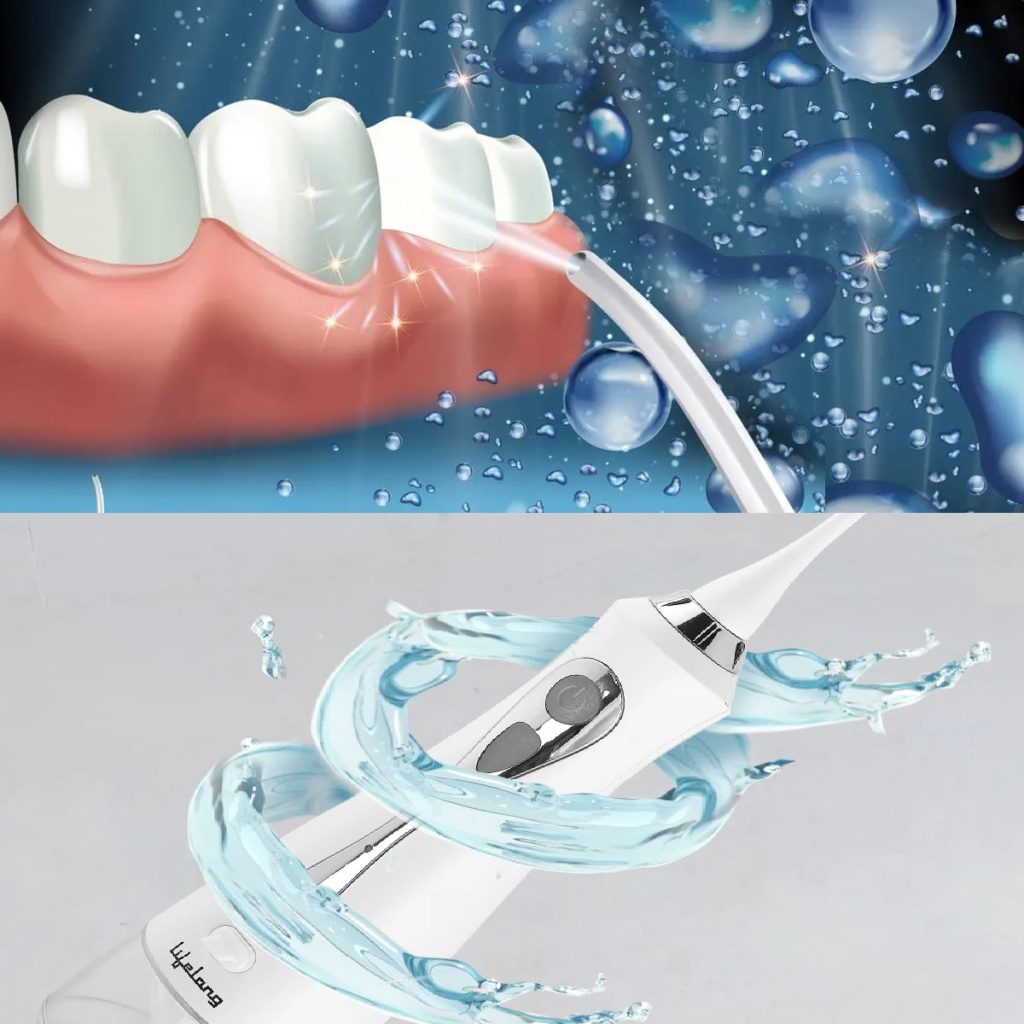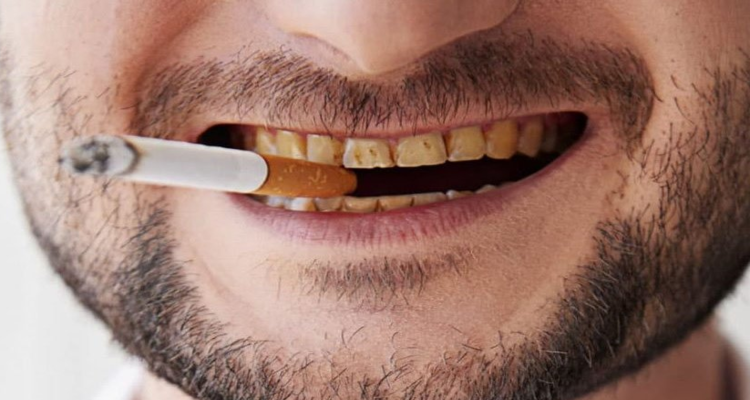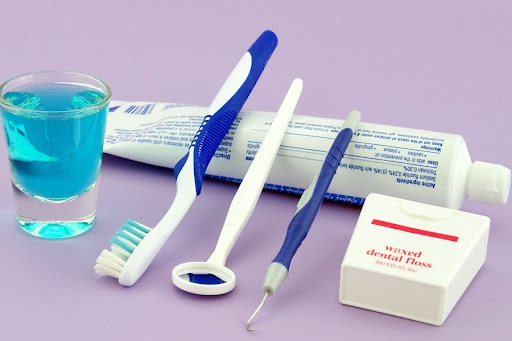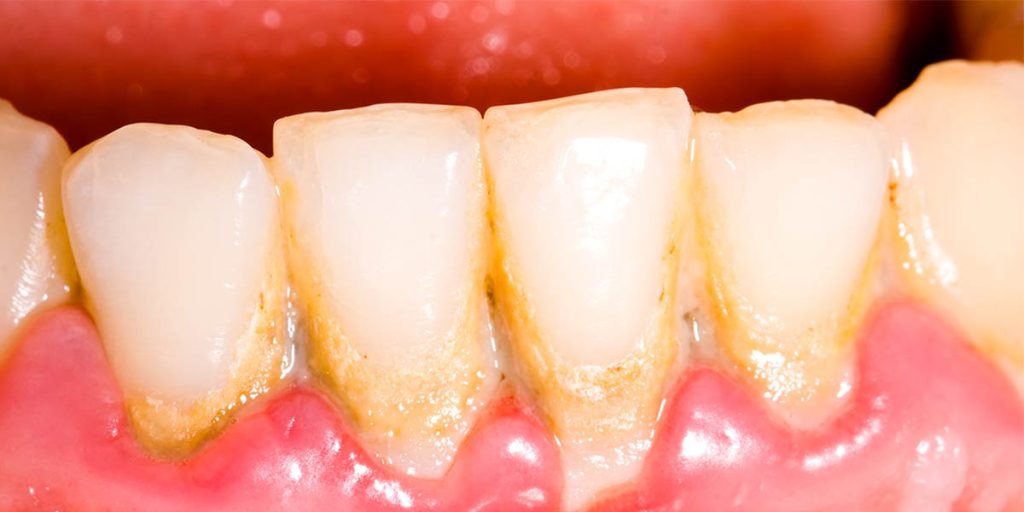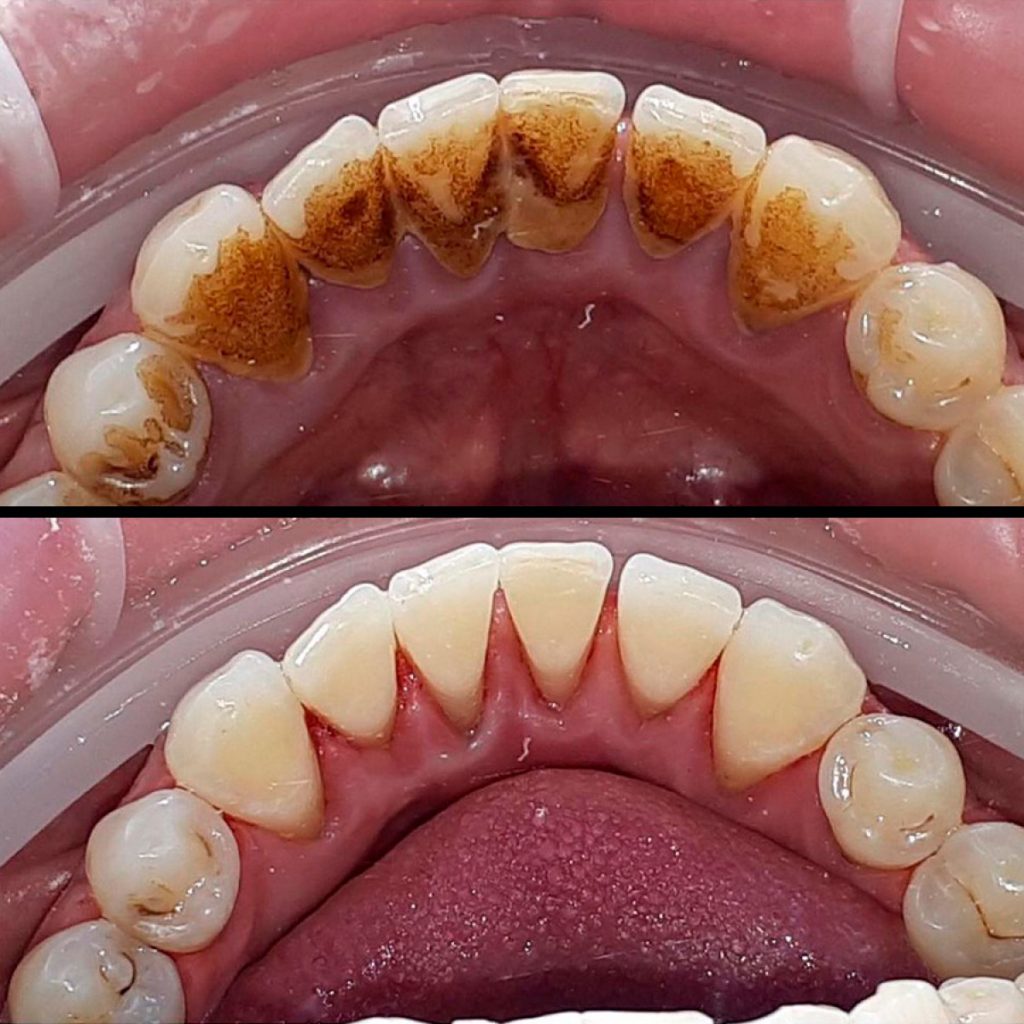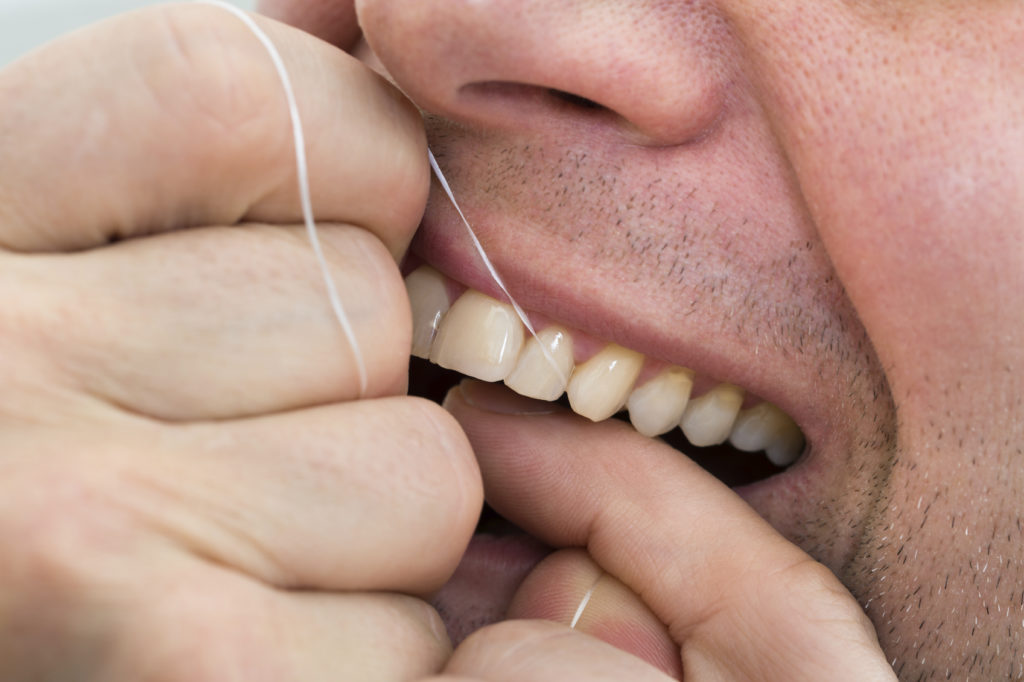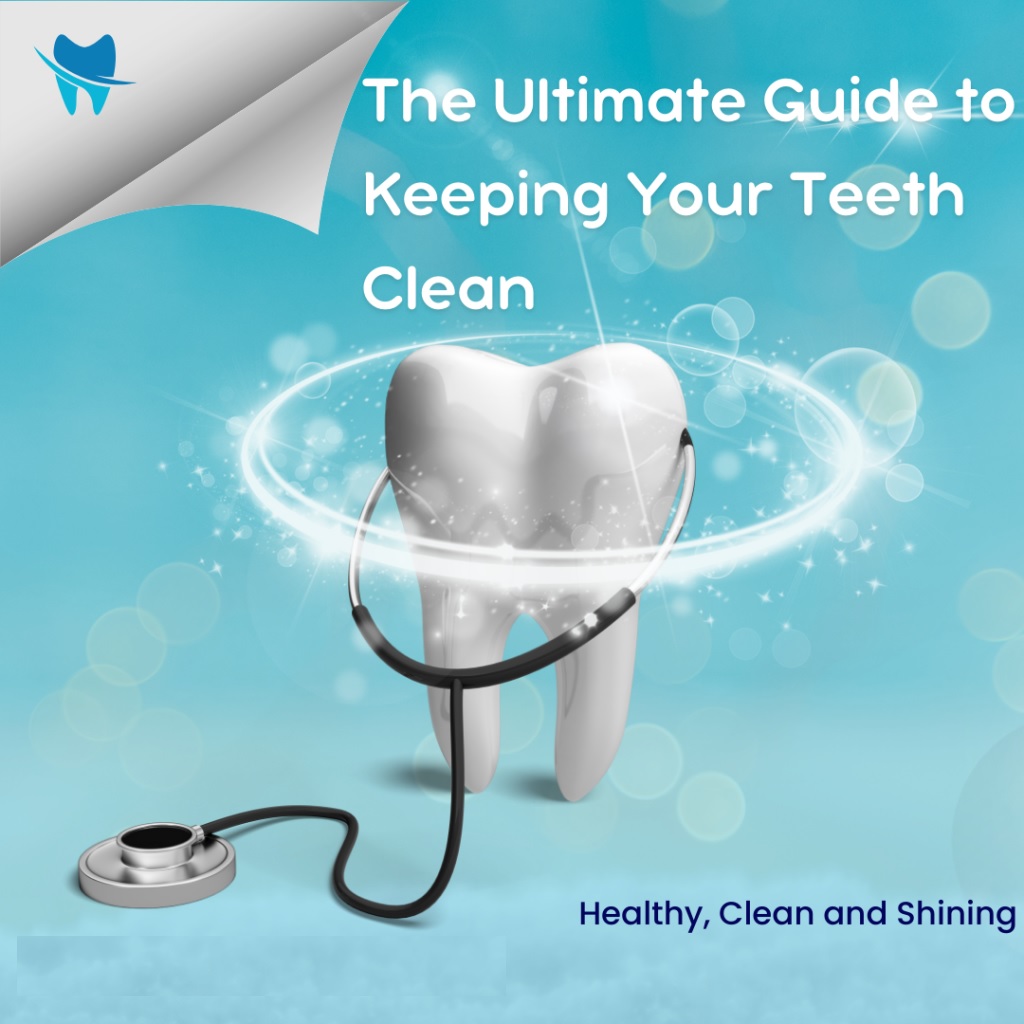Brown Lines on Teeth: Causes, Prevention, and Treatment

Brown lines on teeth are a common dental concern that can affect both the appearance and health of your smile. These discolorations can range from mild to severe and may indicate underlying dental issues that need to be addressed. Understanding the causes, prevention, and treatment options for brown lines on teeth is essential for maintaining good oral health and a confident smile.
Causes of Brown Lines on Teeth
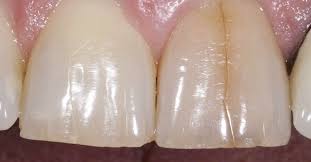
1. Plaque and Tartar Buildup
One of the most common causes of brown lines on teeth is the accumulation of plaque and tartar. Plaque is a sticky film of bacteria that forms on the teeth, and if it is not removed through regular brushing and flossing, it can harden into tartar. Tartar is more difficult to remove and can lead to discoloration, including brown lines on the teeth. This buildup often occurs along the gum line and in between teeth where brushing may be less effective.
2. Smoking and Tobacco Use
Smoking and the use of other tobacco products can significantly contribute to brown lines on teeth. The nicotine and tar in tobacco products can stain the teeth, leading to unsightly brown or yellow lines. These stains are often resistant to regular brushing and may require professional dental cleaning to remove.
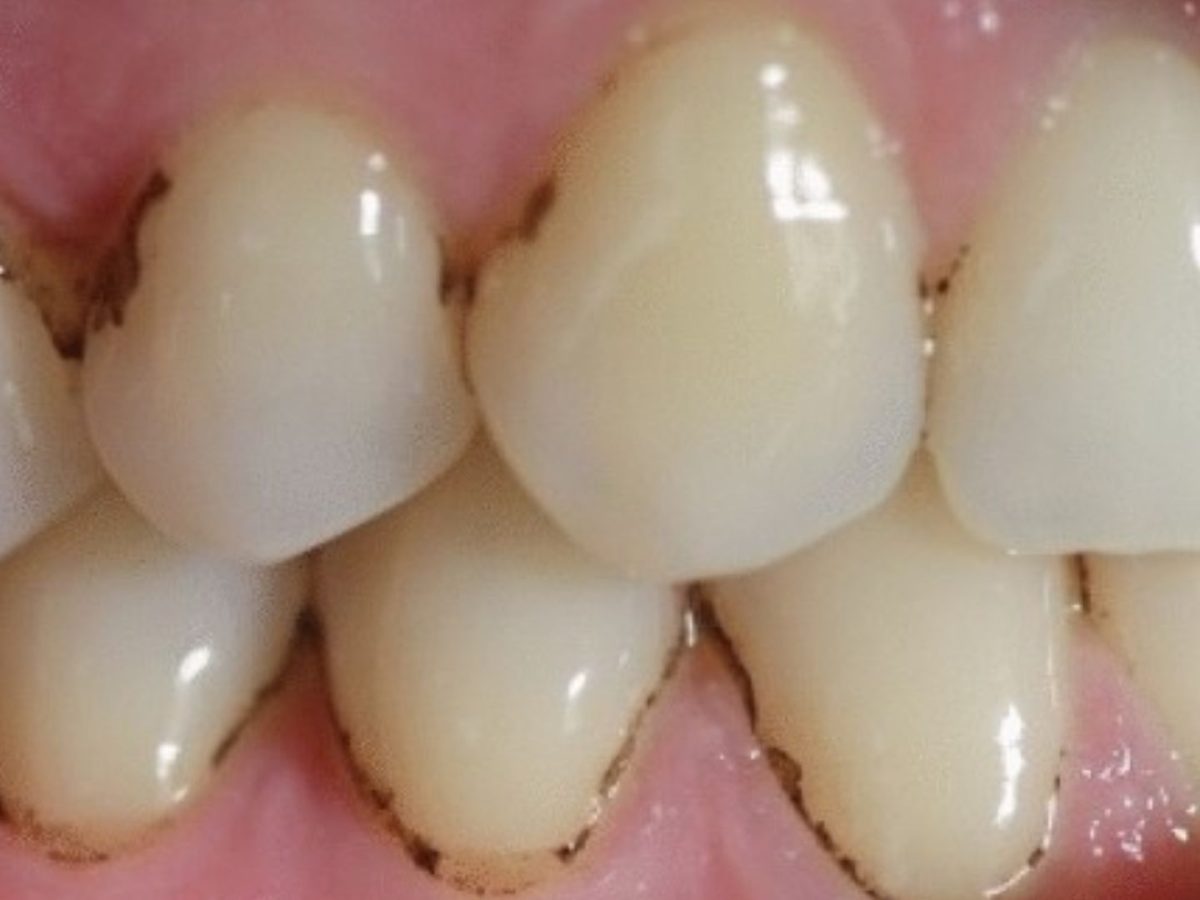
3. Certain Foods and Beverages
Certain foods and beverages are notorious for causing tooth discoloration. Coffee, tea, red wine, and dark-colored berries can all leave behind stains that accumulate over time. Acidic foods and drinks can also erode the enamel, making it easier for stains to adhere to the teeth. These dietary habits can result in the development of brown lines on the teeth, especially if oral hygiene is not adequately maintained.
4. Dental Fluorosis
Dental fluorosis occurs when children consume excessive fluoride during the years when their teeth are developing. This condition can cause brown or white streaks and spots on the teeth. While fluoride is beneficial for preventing cavities, too much fluoride can lead to fluorosis, which affects the appearance of the teeth.
5. Tooth Decay and Cavities
Tooth decay and cavities can also manifest as brown lines on teeth. When the enamel is compromised by decay, it can lead to discoloration. Cavities often start as small brown spots that can expand and deepen over time if left untreated. Regular dental check-ups are essential for detecting and treating cavities before they cause significant damage.
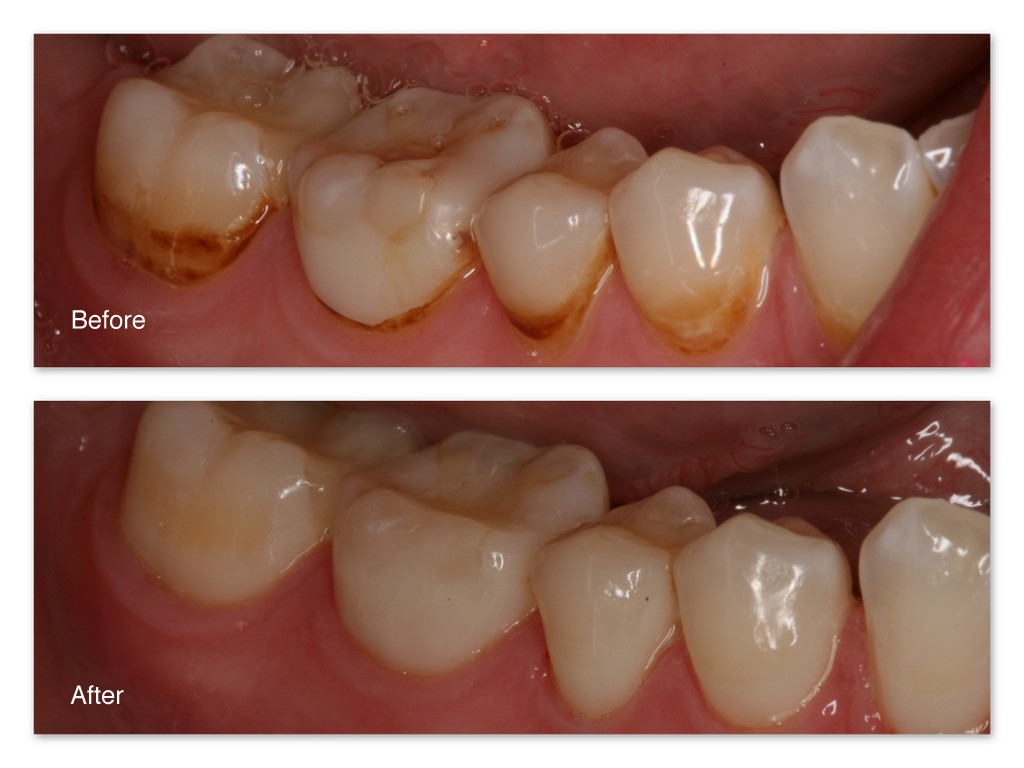
6. Medications
Certain medications can cause brown lines on teeth as a side effect. For example, tetracycline antibiotics, when taken by pregnant women or young children, can result in permanent tooth discoloration. Other medications, such as antihistamines, antipsychotic drugs, and antihypertensive medications, can also contribute to tooth staining.
7. Aging
As we age, our teeth naturally undergo changes that can lead to discoloration. The outer layer of enamel can wear away, revealing the yellowish dentin underneath. Additionally, years of exposure to staining agents and wear and tear can result in brown lines and other forms of tooth discoloration.
8. Poor Oral Hygiene
Inadequate oral hygiene practices can lead to a variety of dental problems, including brown lines on teeth. Failing to brush and floss regularly allows plaque and bacteria to accumulate, increasing the risk of tooth decay, gum disease, and discoloration. Establishing and maintaining good oral hygiene habits is crucial for preventing these issues.

Prevention of Brown Lines on Teeth
1. Regular Brushing and Flossing
The foundation of preventing brown lines on teeth is maintaining excellent oral hygiene. Brushing your teeth at least twice a day with fluoride toothpaste and flossing daily helps remove plaque and prevent tartar buildup. Using a soft-bristled toothbrush and proper brushing techniques ensures thorough cleaning without damaging the enamel.
2. Professional Dental Cleanings
Regular dental check-ups and professional cleanings are essential for maintaining oral health and preventing discoloration. Dentists can remove plaque and tartar that cannot be eliminated through regular brushing and flossing. It is recommended to visit the dentist every six months for routine cleanings and examinations.
3. Avoiding Tobacco Products
Quitting smoking and avoiding other tobacco products can significantly reduce the risk of developing brown lines on teeth. The harmful substances in tobacco not only stain the teeth but also increase the risk of gum disease and oral cancer. Seeking support from healthcare professionals or smoking cessation programs can help in quitting these habits.
4. Limiting Staining Foods and Beverages
Reducing the consumption of foods and beverages that cause staining can help prevent brown lines on teeth. Drinking coffee, tea, and red wine in moderation, and using a straw for acidic or dark-colored beverages, can minimize their contact with teeth. Rinsing your mouth with water after consuming staining foods can also help reduce their impact.
5. Using Fluoride Appropriately
While fluoride is beneficial for preventing cavities, it is important to use it appropriately to avoid dental fluorosis. Parents should monitor their children’s fluoride intake, ensuring they do not swallow toothpaste and providing fluoride supplements only when recommended by a dentist. Using fluoride mouth rinses and toothpaste in appropriate amounts helps maintain dental health without overexposure.
6. Healthy Diet
Maintaining a healthy diet rich in fruits, vegetables, and dairy products supports overall oral health. Foods high in calcium, phosphorus, and vitamins can strengthen enamel and reduce the risk of tooth decay and discoloration. Avoiding sugary snacks and beverages helps prevent plaque buildup and cavities.
7. Hydration
Staying well-hydrated helps maintain saliva production, which is essential for neutralizing acids and washing away food particles. Drinking plenty of water throughout the day supports oral health and reduces the risk of brown lines on teeth.
8. Using Whitening Toothpaste
Whitening toothpaste can help remove surface stains and prevent the formation of brown lines on teeth. These toothpastes contain mild abrasives and chemical agents that break down stains and whiten the teeth. However, it is important to use these products as directed to avoid excessive abrasion and damage to the enamel.
Treatment of Brown Lines on Teeth
1. Professional Dental Cleaning
For mild cases of brown lines caused by plaque and tartar buildup, a professional dental cleaning may be sufficient. Dentists use specialized tools to remove hardened plaque and tartar, leaving the teeth clean and smooth. Regular cleanings help maintain oral health and prevent discoloration.
2. Teeth Whitening
Teeth whitening treatments can effectively remove brown lines and other stains from the teeth. There are several options available, including in-office whitening procedures, take-home whitening kits, and over-the-counter products. In-office treatments, performed by a dentist, use stronger bleaching agents and can produce more noticeable results in a shorter time.
3. Dental Veneers
For more severe cases of discoloration, dental veneers may be recommended. Veneers are thin shells of porcelain or composite resin that are bonded to the front surface of the teeth. They can cover brown lines, stains, and other imperfections, providing a natural and attractive appearance. Veneers are custom-made to match the color and shape of your natural teeth.
4. Dental Bonding
Dental bonding is another cosmetic procedure used to address brown lines and other minor imperfections. In this procedure, a tooth-colored resin is applied to the affected teeth and shaped to match the natural contours. The resin is then hardened with a special light, creating a durable and aesthetically pleasing result.
5. Microabrasion
Microabrasion is a minimally invasive procedure that can be used to remove superficial brown lines and stains from the enamel. This technique involves using a combination of mild acids and abrasives to gently remove a thin layer of enamel, revealing a cleaner and brighter surface. Microabrasion is effective for treating surface stains and is typically performed in a dental office.
6. Dietary and Lifestyle Changes
Making changes to your diet and lifestyle can help treat and prevent brown lines on teeth. Reducing the intake of staining foods and beverages, quitting smoking, and maintaining good oral hygiene practices are essential steps in managing tooth discoloration. Additionally, consuming a balanced diet rich in nutrients that support dental health can improve the overall appearance of your teeth.
7. Fluoride Treatments
For individuals with dental fluorosis, fluoride treatments can help reduce the appearance of brown lines. Fluoride varnishes or gels applied by a dentist can strengthen the enamel and make it more resistant to staining. These treatments can also help reverse early signs of decay and improve the overall health of your teeth.
8. Restorative Treatments
In cases where brown lines are caused by cavities or tooth decay, restorative treatments such as fillings, crowns, or inlays may be necessary. These treatments involve removing the decayed portion of the tooth and restoring its function and appearance with a durable material. Addressing decay promptly can prevent further damage and discoloration.
9. Consulting a Dentist
If you notice brown lines on your teeth, it is important to consult a dentist to determine the underlying cause and appropriate treatment. A dental professional can assess your oral health, provide personalized recommendations, and perform necessary procedures to address the discoloration. Regular dental check-ups are essential for early detection and management of dental issues.
Addressing Specific Concerns About Brown Lines on Teeth
1. Brown Lines in Children’s Teeth
Brown lines on children’s teeth can be a cause for concern, especially if they indicate dental fluorosis or tooth decay. Ensuring that children use the correct amount of fluoride toothpaste, monitoring their dietary habits, and encouraging good oral hygiene practices are crucial steps in preventing and addressing these issues. Regular dental visits can help detect and manage any problems early on.
2. Brown Lines on Adult Teeth
In adults, brown lines on teeth can result from various factors such as aging, lifestyle habits, or underlying dental conditions. Adults should maintain regular dental check-ups, practice good oral hygiene, and consider cosmetic treatments if the discoloration affects their confidence or oral health. Quitting smoking, reducing the consumption of staining foods and beverages, and using whitening products can help improve the appearance of adult teeth.
3. Brown Lines and Dental Health
Brown lines on teeth are not just a cosmetic concern; they can also indicate underlying dental health issues. Plaque and tartar buildup, tooth decay, and gum disease can all manifest as brown lines. Addressing these issues promptly with the help of a dentist is essential for maintaining overall oral health and preventing more serious complications.
4. Psychological Impact of Brown Lines on Teeth
The appearance of brown lines on teeth can have a significant psychological impact, affecting self-esteem and confidence. People with visible tooth discoloration may feel embarrassed or self-conscious about their smile, leading to social anxiety and reduced quality of life. Seeking professional dental care to address the discoloration and improve the appearance of teeth can have positive effects on mental well-being and confidence.
5. Preventive Measures for High-Risk Individuals
Individuals at high risk of developing brown lines on their teeth, such as smokers or those with a history of poor oral hygiene, should take extra preventive measures. Regular dental visits, professional cleanings, and adherence to good oral hygiene practices are crucial. Additionally, high-risk individuals should consider dietary changes and the use of dental products specifically designed to prevent staining and plaque buildup.
Conclusion
Brown lines on teeth can be a source of concern for many people, affecting both their appearance and dental health. Understanding the causes of these discolorations, such as plaque and tartar buildup, smoking, dietary habits, dental fluorosis, and tooth decay, is essential for effective prevention and treatment. Maintaining good oral hygiene practices, making dietary and lifestyle changes, and seeking professional dental care are key steps in addressing and preventing brown lines on teeth.
Regular dental check-ups, professional cleanings, and cosmetic treatments such as teeth whitening, veneers, and bonding can help improve the appearance of teeth and boost confidence. For individuals with specific concerns, such as children or high-risk adults, tailored preventive measures and early intervention are crucial. By taking proactive steps to care for your teeth and addressing discoloration promptly, you can maintain a healthy, beautiful smile for years to come.
Related to read:
Best Oral Hygiene Practices For Optimum Oral Health.
How to Whiten Teeth Naturally?
How to keep your gums healthy and disease-free?
References
To ensure the information provided is accurate and up-to-date, the following sources were referenced:
- American Dental Association. (n.d.). Plaque and Tartar. Retrieved from ADA website
- Mayo Clinic. (n.d.). Dental Plaque. Retrieved from Mayo Clinic website
- National Institute of Dental and Craniofacial Research. (n.d.). Periodontal (Gum) Disease. Retrieved from NIDCR website


